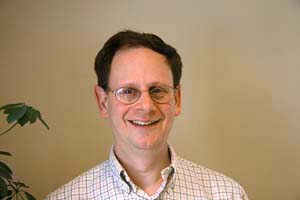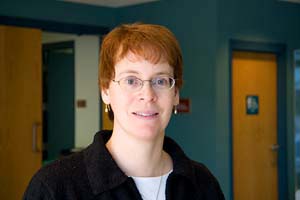|
|||||
 |
 |
 |
| Jon N. Austin is the Executive Director of the Museum of Funeral Customs in Springfield, Illinois. We met at the iron coffin display in the museum, where we discussed Fisk Metallic Burial Cases. We also talked about funerary customs during the 19th century, and the age-old fear and fallacy of being buried alive. Go here for a separate page with accompanying images, or listen to the conversation on this page. The conversation is 24 minutes long. Listen online, or download the audio file. |
I met with Dawn Cobb, a biological archaeologist, and an Archaeological Research Associate at the Illinois State Museum. We met at the ISM's Research and Collections Center in Springfield, where I recorded our conversation about the protocol for disinterring remains from abandoned cemeteries. We also discussed the list of the skeletal remains, representing eighty-one individuals disinterred from Lincoln Park in the museum's collection. The conversation is 28 minutes long. Listen online, or download the audio file. |
Russell Lewis, Executive Vice President and Chief Historian of the Chicago History Museum. We had a conversation about this project and spoke generally about Chicago historic research. We also discussed the 1998 excavation in Lincoln Park during the construction of the museum's parking facility, and he told the story of John Laline, whose skeletal remains are in the collection of the Chicago History Museum. The conversation is 30 minutes long. Listen online, or download the audio file. |